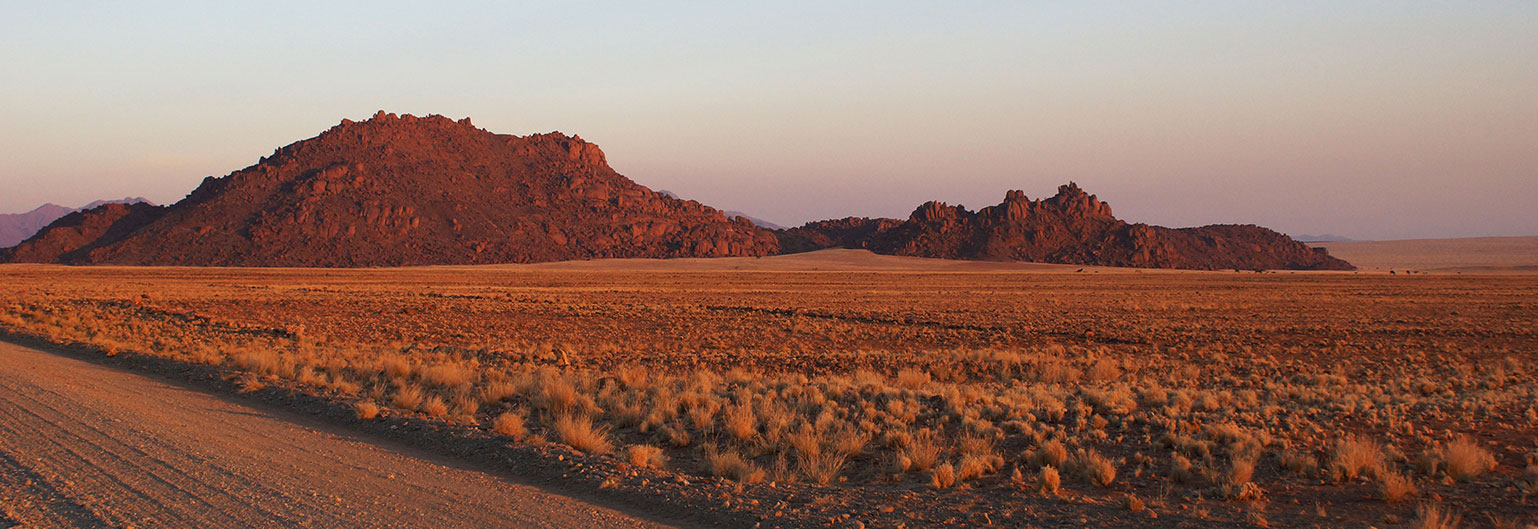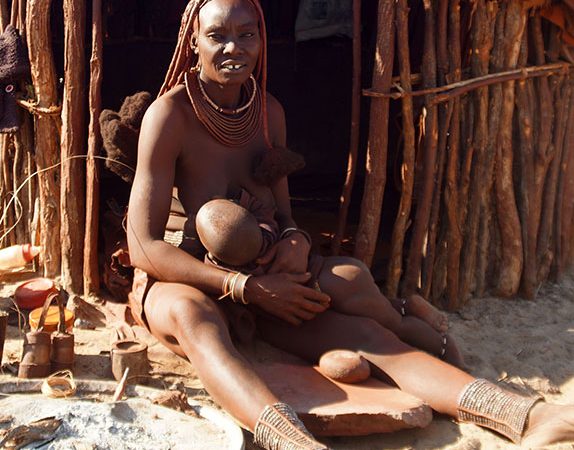The unfolding Namibian landscapes differ greatly: deep canyons descend from sunburned highlands and the arid, extraordinary and varied colored mountains; waves of enormous dunes blend in with the ocean’s waves and, at the confluence of these two universes, between sand and water, a myriad of birds nest. In the harsh Kaokoland, survives a nation of semi-nomadic pastoralists, the Himba. A natural park was established in the heart of the country, next to the many hereditary colonic “farms” where the Great Etosha Salt Lake could once be found, within which lives a carefully protected and rich variety of wildlife.
Namibia

Namibia is the first country in the world to include a decree in its Constitution to protect the environment. Protection of rare and endangered species began in 1972. The protection of the black rhino was particularly important in the eighties when Namibia, one of the few countries in all of Africa, had an increasing growth rate of black rhinos and cheetahs both inside and outside the Parks. Both are internationally classified as highly endangered species.

